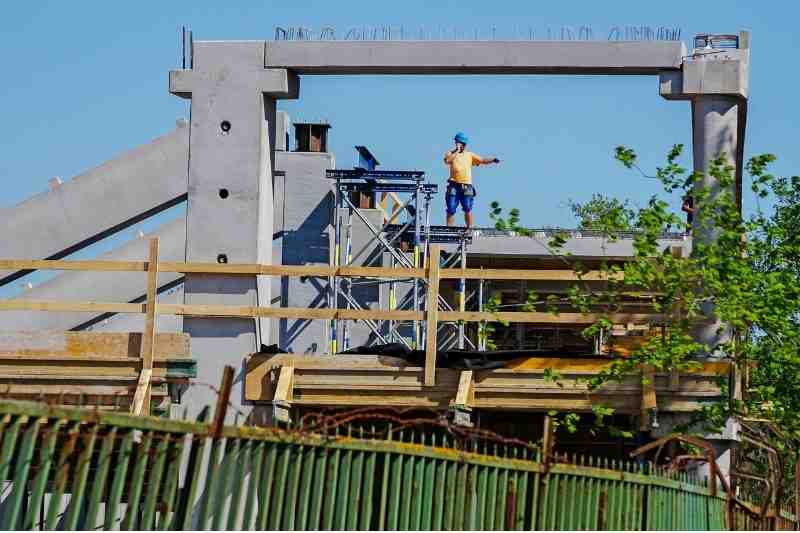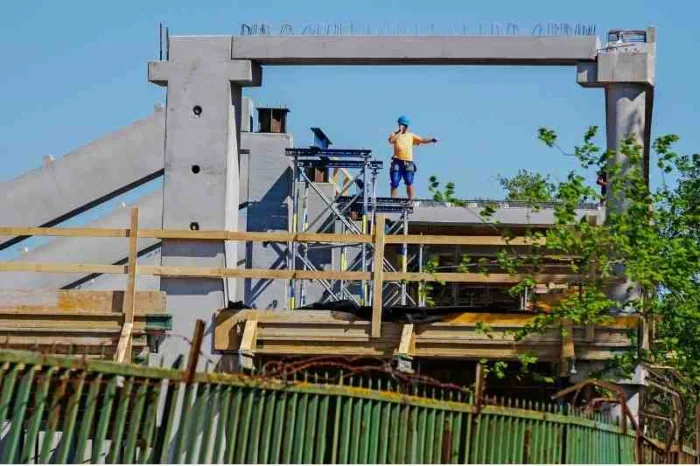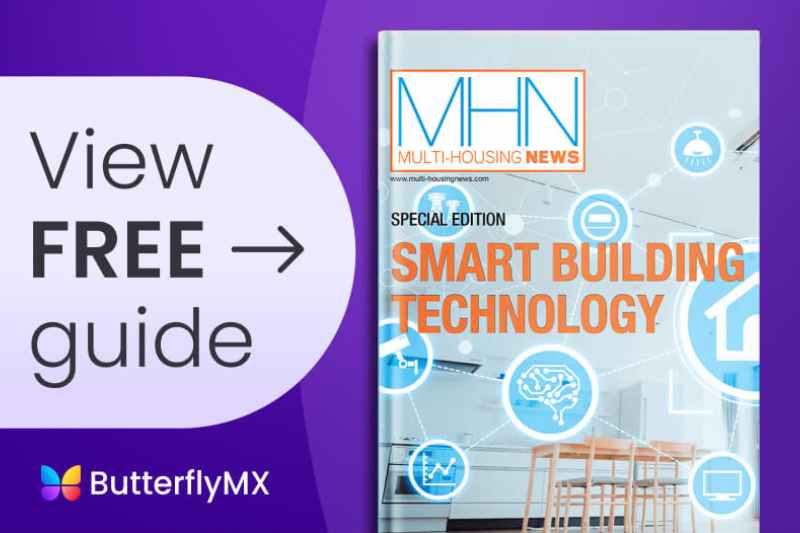
Takeaways
- A passive house is one that can retain cool air in the summer and warm air in the winter without central heating or cooling.
- Contrary to what the name suggests, you can implement Passive House standards on any kind of property, not just single-family homes.
- Five Passive House elements include thermal control, radiation control, air control, moisture control, and thermal bridge avoidance.
- The advantages of following Passive House standards include sustainability as a selling point, saving money through efficiency, and the benefits of higher standards.
- Ways to adapt Passive House principles include thermal insulation, property building orientation, and ensuring reliable air exchange.
Every aspect of modern life is changing to become more sustainable and climate-friendly. And sustainable building design is no exception. One of the ways that architects and builders can make sure that their properties are eco-friendly is by adhering to Passive House design standards.
In this post, we explain what Passive House standards are and the benefits of following them. Then, we go over some of the ways that you can incorporate Passive House ideas into your next multifamily design.
This post covers:
- What does it mean for a house to be passive?
- What are Passive House standards?
- What are the 5 elements of a Passive House?
- What are the advantages of following Passive House multifamily standards?
- 3 ways to adapt Passive House principles at your multifamily property
What does it mean for a house to be passive?
A passive house can retain cool air in the summer and warm air in the winter without central heating or cooling. But how? Passive House buildings do a better job of temperature maintenance than standard buildings by focusing on airtightness. As a result, management — and tenants — spend less money on utilities.
You may wonder if Passive House standards are relevant to you as the developer or architect of a multifamily property. Despite what the name suggests, you can use Passive House standards on any type of building, not just a single-family home. That’s actually a translation mixup! The original Passive House (or Passivhaus) standards were developed in Germany, where the term “haus” can refer to many types of buildings.
What are Passive House standards?
Passive House standards are practices that architects, constructors, and developers can follow to ensure that a property is as energy-efficient as possible. A Passive House building uses superior construction methods to ensure that the indoor temperature is always comfortable for its occupants — while keeping the energy needed to heat and cool that building to a minimum.
While you can certainly put a feather in your cap by getting a passive house multifamily green building certification from a Passive House standards organization like Phius or the Passive House Institute, you don’t need a certification to start using Passive House principles to make your building more efficient.
Discover the top 5 multifamily design trends:
What are the 5 elements of a Passive House?
To ensure efficiency in the areas of architecture infrastructure that tenants use most, the creators of the Passive House standard outlined five main areas for constructors and developers to pay attention to.
These standards include:
- Thermal control. By making sure the air in a building stays in that building and doesn’t leak outside, you maintain your interior temperature with much less effort and energy.
- Radiation control. Passive Houses get the most out of solar energy with additions like sealed windows that trap heat in a building or overhangs that provide cool shade when it gets too hot.
- Air control. To maintain their internal temperatures, Passive Houses are airtight. In an airtight house, it’s important to exchange stale air with fresh air using a top-notch ventilation system.
- Moisture control. Passive Houses need to keep a close eye on humidity and moisture levels so that their occupants don’t get sick.
- Thermal bridge avoidance. A thermal bridge is a part of a building that allows excess heat or cold to escape. For example, a metal air vent might be a thermal bridge because the metal itself absorbs heat, and occupants are forced to compensate by turning the heat up. So, avoid thermal bridges by applying more insulation or avoiding metals in some situations.
What are the advantages of following Passive House multifamily standards?
Following passive building design standards allows you to:
- Use the sustainability of your property as a selling point
- Save money on operating costs by being more efficient
- Show residents the benefits of higher standards
Use the sustainability of your property as a selling point
Tenants today are citing climate change and sustainability as some of the biggest factors affecting their renting decisions. Given the choice between a standard building and a more efficient Passive House building, more and more residents are choosing to live at properties that emphasize energy efficiency.
So, increase the marketability of your property’s Passive House standards by acquiring an official certification from a Passive House organization. You’ll increase demand among eco-friendly residents.
Save money on operating costs by being more efficient
Constructing a Passive House for multifamily communities only requires a minimal increase in construction costs. But after that, you can reap the cost benefits of energy efficiency over the building’s lifetime.
Show residents the benefits of higher standards
Passive House plans don’t just translate into purely monetary savings. Because Passive House apartments are constructed to high standards, they’re more pleasant to live in.
Residents won’t have to worry about temperature extremes, and sound construction reduces the chances that they’ll have to deal with noise pollution as well.In fact, these benefits all add up and give tenants a positive impression of their building.
As a result, they’ll more likely renew their leases. Tenants will be happy because of the quality of their Passive House building. Likewise, management will be happy because they’ll retain more long-term tenants instead of scrambling to find new tenants every year. So, everybody wins!

3 ways to adopt Passive House standards at your multifamily property
Passive House principles can benefit multifamily properties of any size. Here are some concrete ways to follow Passive House standards on your next project.
Here are three areas you can focus on in your next Passive House project:
1. Thermal insulation
Advances in insulation have made following Passive House multifamily principles easier — and more cost-efficient — than ever before.
To make room for this insulation, some constructors account for walls that are at least six inches thick. However, one new, exciting type of insulation is vacuum insulation. This provides better insular capacity than other materials while being thinner than your finger!
2. Orient your building properly
A Passive House multifamily building will derive a lot of the heating energy it needs from the sun. You can make this easier by increasing the size of your windows, especially on the side of the building that will receive the most sun.
You can also make sure the foundation of your building is aligned using angles that give its occupants the most sunlight.
Otherwise, to cool your property down in hotter months, you can include an overhang to provide optimal shade.
3. Ensure reliable air exchange
In a Passive House multifamily property, air exchange becomes more important than ever.
Passive House buildings depend on the airtightness of their construction to provide their benefits, but a property without the proper air exchange puts residents at increased risk of excessive humidity, mold, and inferior indoor air quality.






